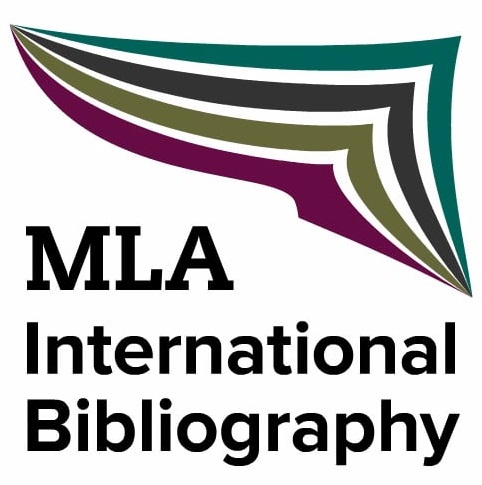Between Language and Images: Introduction to the “Bildlinguistik”
DOI:
https://doi.org/10.13135/2281-6658/2661Keywords:
Iconolinguistica, Image Science, Bildlinguistik, Bildakt, Multimodal LinguisticsAbstract
The digital dimension assumed by communication in recent years has made it possible to focus more clearly on the model of conglomerates of language and image, whose codes become complementary, producing an autonomous meaning. Internet, especially social media, in fact allow you to observe these conglomerates of language and image while speakers spontaneously create them. Focusing on the fact that the use of language can be non-declarative as well, we realise that linguistic utterances can do more than reflect a meaning, they are words designed to get things done. In the same way work conglomerates of language and image. In multimodal linguistics the meaning of a sentence seems to be given by the effect of different perceptions that are all simultaneously present in the utterance. In network communication this effect is achieved through the so-called multimodal conglomerates or aural material. With the advent of digital culture, they became the object of a specific field of study, and refer both to image science and in the German area to Bildlinguistik (which I translate here in Italian with the term iconolinguistica). Indeed patterns of “speech-acts”, “illocutive acts”, can be adapted to other codes. We can talk about Bildakte, “image acts”, Bildillokutionen, “image illocutions” and try to transfer categories of linguistics to visual-linguistic communication, in a sort of image pragmatics. It was Søren Kjørup who first tried to develop a model of “pictorial speech act” that is analogous to a speech act. After him Horst Bredekamp conceptualised pictures as more than passive object. On the other hand, we need to develop a linguistic theory and vision that takes into account this expansion of the linguistic context, which is dominated by the presence of conglomerates of language and image, whose codes become complementary, producing an autonomous meaning.Downloads
Downloads
Published
Issue
Section
License
Authors keep the copyrights for their work and give the journal the work’s first publication copyright, which is at the same time licensed under a Creative Commons License – Attribution, which in turn allows other parties to share the work with an acknowledgement of the work's authorship and initial publication in this journal.
Content Licence

You are free to copy, distribute and transmit the work, and to adapt the work. You must attribute the work in the manner specified by the author or licensor (but not in any way that suggests that they endorse you or your use of the work).
Metadata licence

CoSMo published articles metadata are dedicated to the public domain by waiving all publisher's rights to the work worldwide under copyright law, including all related and neighboring rights, to the extent allowed by law.
You can copy, modify, distribute and perform the work, even for commercial purposes, all without asking permission.






